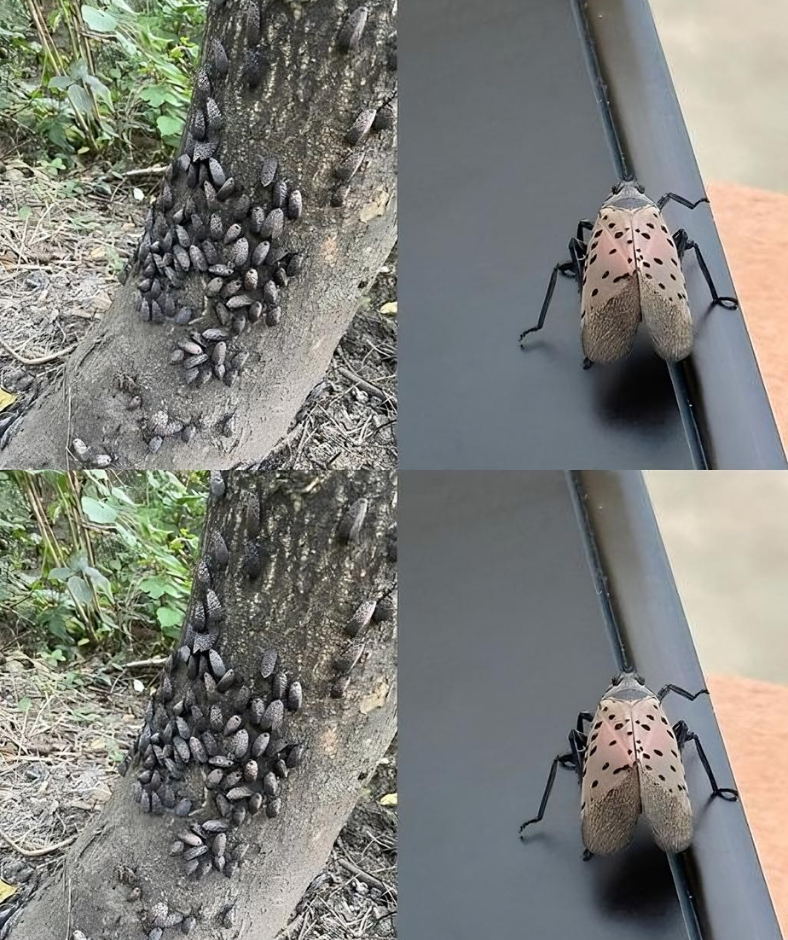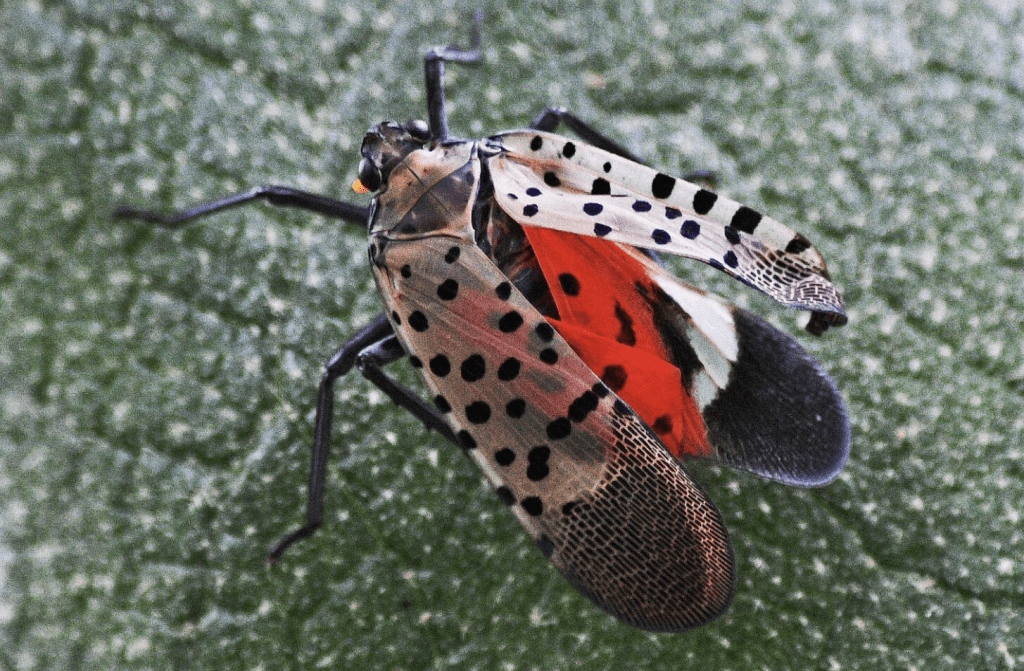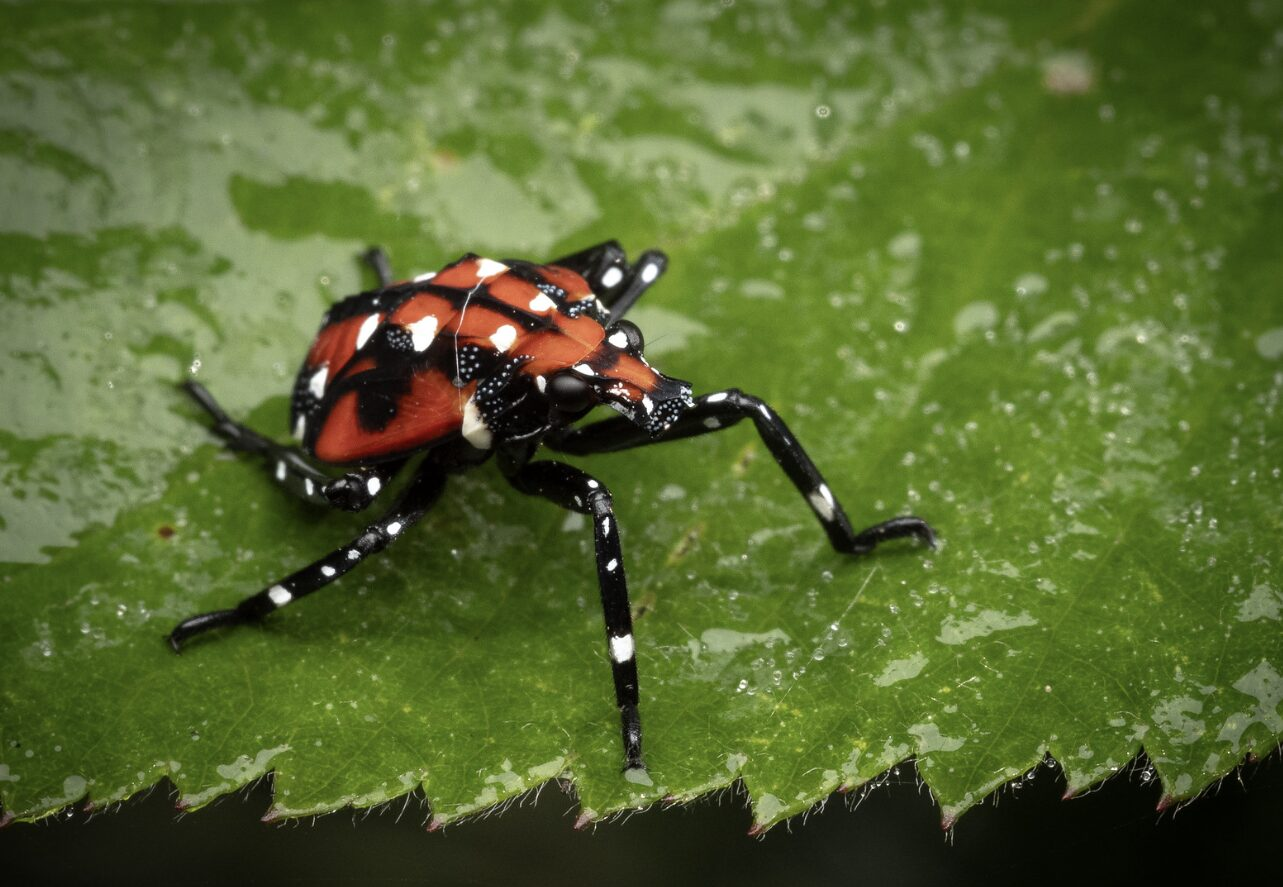Many of us feel a mix of fascination and dread when it comes to bugs. While some insects are beautiful and beneficial, others, like the lanternfly, fall squarely in the “harmful pest” category. Known for its eye-catching appearance, this invasive insect is wreaking havoc on trees, plants, and agriculture. So, what exactly makes the lanternfly so dangerous, and why should you take immediate action if you spot one? Let’s delve into the story behind this formidable pest and how you can protect your garden from its damaging effects.
What is the Lanternfly? Understanding the Invasive Insect

The lanternfly, or Lycorma delicatula, is an invasive pest native to China that has become a significant problem in the United States. First detected in Pennsylvania in 2014, it has spread rapidly, particularly along the East Coast. Despite its name, the lanternfly isn’t actually a fly; it’s a planthopper that feeds on a wide range of plants by sucking sap through its needle-like mouthpart. While it may look beautiful with its gray wings covered in black spots and striking red underwings, don’t let its appearance fool you—the lanternfly is a serious threat to plants and crops alike.
Why the Lanternfly is a Threat to Your Garden and Beyond
Unlike many pests, the lanternfly isn’t just a problem for large agricultural operations. It also poses a significant threat to backyard gardeners, homeowners, and the broader ecosystem. Here’s why this pest is so dangerous:
- Sap Feeding: Lanternflies feed on sap, which they extract directly from plants. This weakens the plant over time, reducing its ability to thrive.
- Sooty Mold Growth: When lanternflies feed, they excrete a sugary substance called honeydew. This sticky liquid attracts mold, which spreads over the plant’s surface, inhibiting photosynthesis and eventually suffocating the plant.
- Wide Range of Host Plants: While the lanternfly’s preferred host is the Tree of Heaven (Ailanthus altissima), it can also feed on grapes, apple trees, maple trees, and many other plant species. This makes it a major concern for both fruit growers and those who want to keep their ornamental trees healthy.
These factors combined make the lanternfly a powerful adversary for gardeners and farmers alike. In severe infestations, lanternflies can kill trees, devastate grapevines, and leave a trail of destruction that affects entire ecosystems.
Identifying Lanternflies: Key Characteristics of Adults and Nymphs

To effectively combat the lanternfly, it’s essential to know what you’re looking for. Here’s how you can identify this invasive pest at various stages of its life cycle:
- Adults: Lanternflies reach about one inch in length. They have distinctive wings—gray with black spots on the upper side and bright red and black on the lower side. Their underwings display a vibrant flash of red when they take flight, making them easier to spot during the warmer months.
- Nymphs: Before they reach adulthood, lanternflies go through several nymph stages. Initially, they are small, black, and covered with white spots. As they grow, their bodies turn red with patches of black and white. These nymphs are highly mobile and can be found feeding on stems and leaves.
If you see either adult or nymph lanternflies in your yard, it’s essential to act quickly to prevent them from reproducing and spreading further.
Effective Strategies to Control and Eliminate Lanternflies
Dealing with lanternflies may seem daunting, but there are several effective methods you can use to control their population. Here are some of the best strategies to consider:
- Manual Removal: If you spot adult lanternflies or nymphs, the simplest approach is to squash them immediately. While this might sound harsh, it’s a direct way to prevent them from spreading.
- Egg Mass Destruction: Lanternflies lay eggs in the fall, typically on smooth surfaces like tree bark, rocks, and outdoor furniture. These egg masses look like smears of gray mud. You can scrape them off using a plastic card or putty knife and place them in a bag with alcohol or hand sanitizer to kill the eggs.
- Insecticidal Sprays: There are various insecticides specifically designed to target lanternflies. Sprays that contain neem oil, insecticidal soap, or pyrethrin can be effective. Be sure to follow the product’s instructions carefully to protect beneficial insects and minimize harm to other plants.
- Sticky Bands on Trees: Many gardeners place sticky bands around tree trunks to trap lanternflies as they crawl up the tree to feed. This method can effectively reduce the population of nymphs, which are highly mobile and tend to move between trees.
Preventing the Spread of Lanternflies: A Community Effort

Lanternfly infestations are not an issue you can tackle alone. Stopping their spread requires the collective effort of the community, along with local and state authorities. Here are some steps you can take to help control this invasive species:
- Report Sightings: If you spot a lanternfly in an area where they’re not yet established, report it to your local agricultural extension office or relevant authorities. Many states have hotlines or websites specifically for lanternfly reports, which help track and control the pest’s spread.
- Check Your Belongings: Lanternflies can hitch a ride on outdoor items like firewood, vehicles, and outdoor furniture. Before moving these items from one place to another, especially if you’re traveling from an infested area, inspect them thoroughly for any signs of lanternflies or their egg masses.
- Educate Your Community: Spread the word about the dangers of lanternflies and encourage your neighbors to take action. By raising awareness and working together, you can help protect your local environment from these invasive pests.
Learning from Experience: My Encounter with Lanternflies
When I first noticed lanternflies in my backyard, I was struck by their beautiful wings and distinctive patterns. However, I soon realized the damage they were causing to my maple tree, with sooty mold spreading across the leaves and branches. After researching, I knew I needed to take action to save my trees and protect my garden.
Using a combination of manual removal, egg mass destruction, and sticky bands on the tree trunks, I managed to control their numbers. While I’m still vigilant in monitoring my garden, I’ve seen the positive impact of taking action and staying informed about the best methods for handling these pests.
Conclusion: Take Action Against Lanternflies Now
The lanternfly is more than just an unwelcome guest; it’s a destructive force that can devastate plants, crops, and entire ecosystems. By learning how to identify and control lanternflies, you can protect your garden and help prevent their spread. Whether it’s manually removing them, destroying egg masses, or working with your community to report sightings, every step you take contributes to preserving your local environment.
So, the next time you see one of these colorful insects, don’t be fooled by its beauty. Take action, and encourage others to do the same. Together, we can fight back against this invasive pest and protect our landscapes for future generations.


